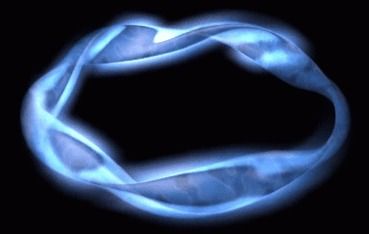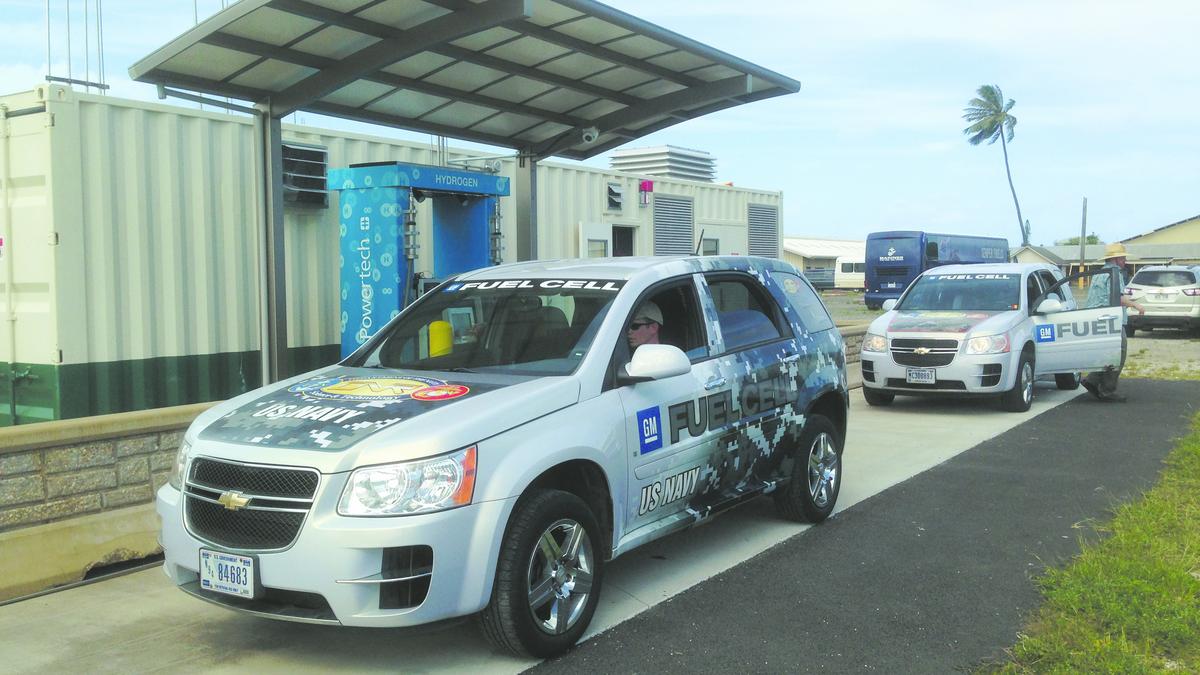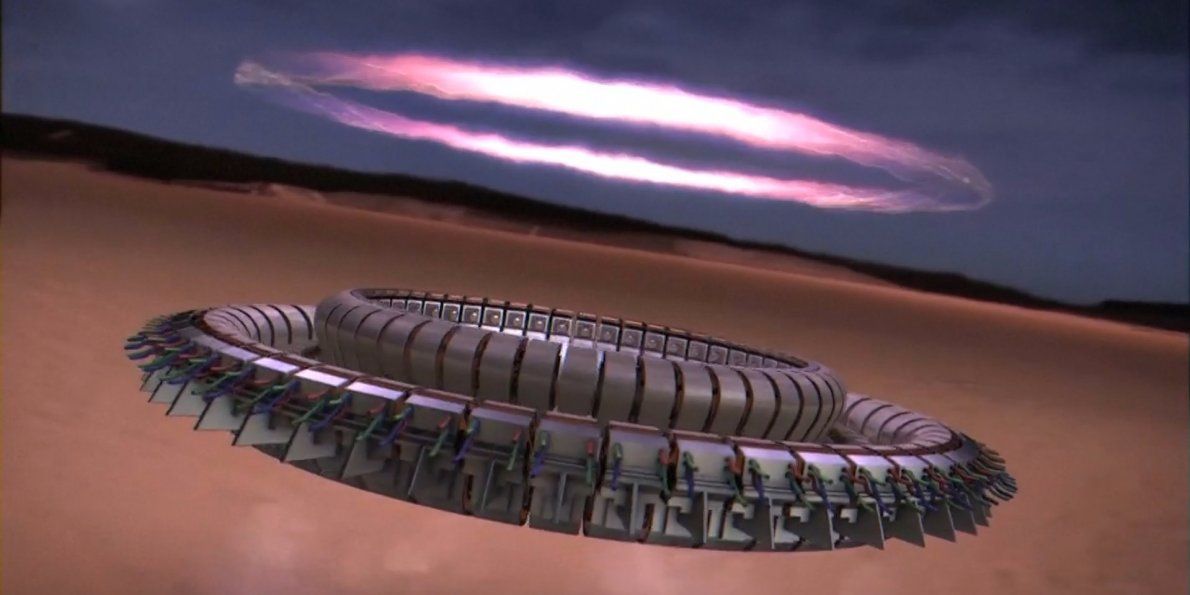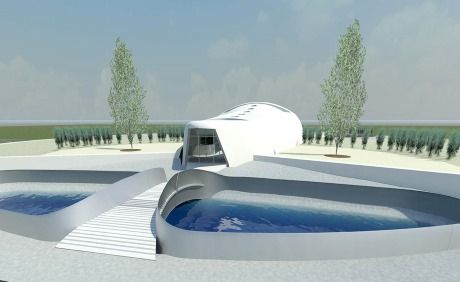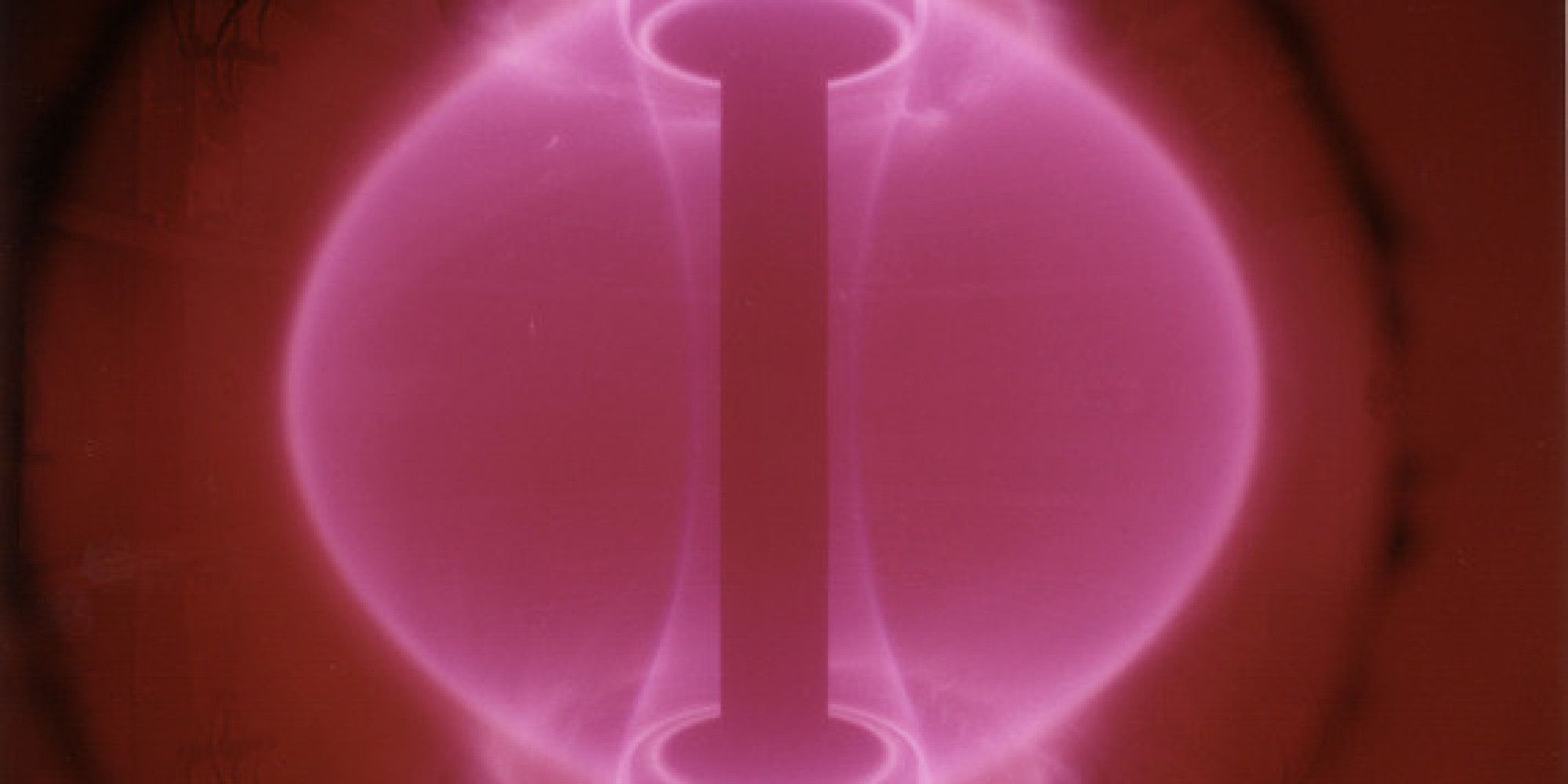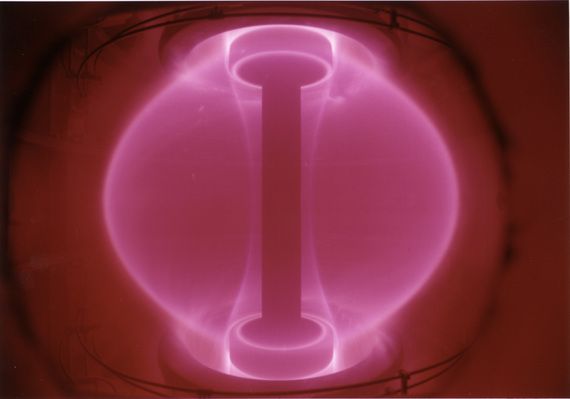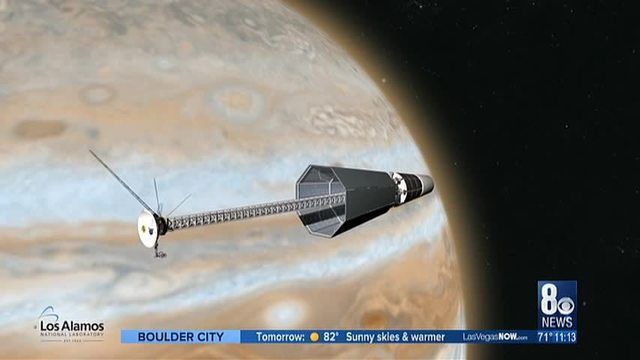Archive for the ‘nuclear energy’ category: Page 122
Dec 6, 2016
Tests confirm Germany’s massive nuclear fusion machine really works
Posted by Carse Peel in category: nuclear energy
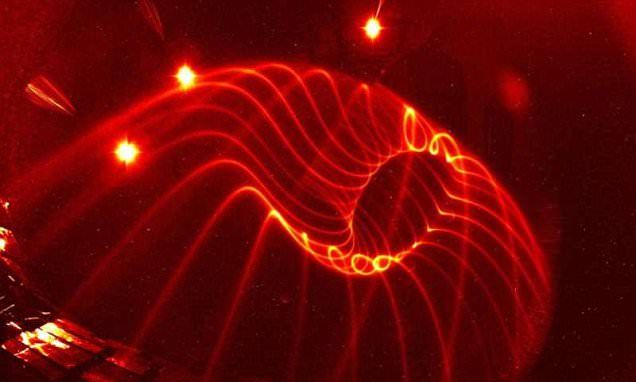
Last year, scientists started up a new type of massive nuclear fusion reactor for the first time, known as a stellarator.
Researchers at the Max Planck Institute in Greifswald, Germany, injected a tiny amount of hydrogen and heated it until it became plasma, effectively mimicking conditions inside the sun.
Continue reading “Tests confirm Germany’s massive nuclear fusion machine really works” »
Dec 6, 2016
Hawaii among top states in U.S. for hydrogen fuel cell projects
Posted by Klaus Baldauf in categories: nuclear energy, transportation
The report highlighted key programs and policies in the state including the state Legislature authorizing $1.25 million in bonds to design the refueling infrastructure for the Department of Transportation airport shuttle bus project.
A fuel cell is an electrochemical device that uses hydrogen and oxygen from the air to produce electricity, with water and heat as its by-products. Hydrogen can come from fossil fuels such as natural gas or propane or renewable fuels including gas from an anaerobic digester or landfill. Hydrogen can also be produced by water electrolysis, which can be powered by electricity from renewables such as solar or wind or from nuclear energy and the grid.
Other top states for hydrogen and fuel cells include California, Connecticut and New York.
Continue reading “Hawaii among top states in U.S. for hydrogen fuel cell projects” »
Nov 29, 2016
Diamond Batteries Made of Nuclear Waste Can Generate Power For Thousands of Years
Posted by Shailesh Prasad in categories: biotech/medical, nuclear energy, satellites, sustainability
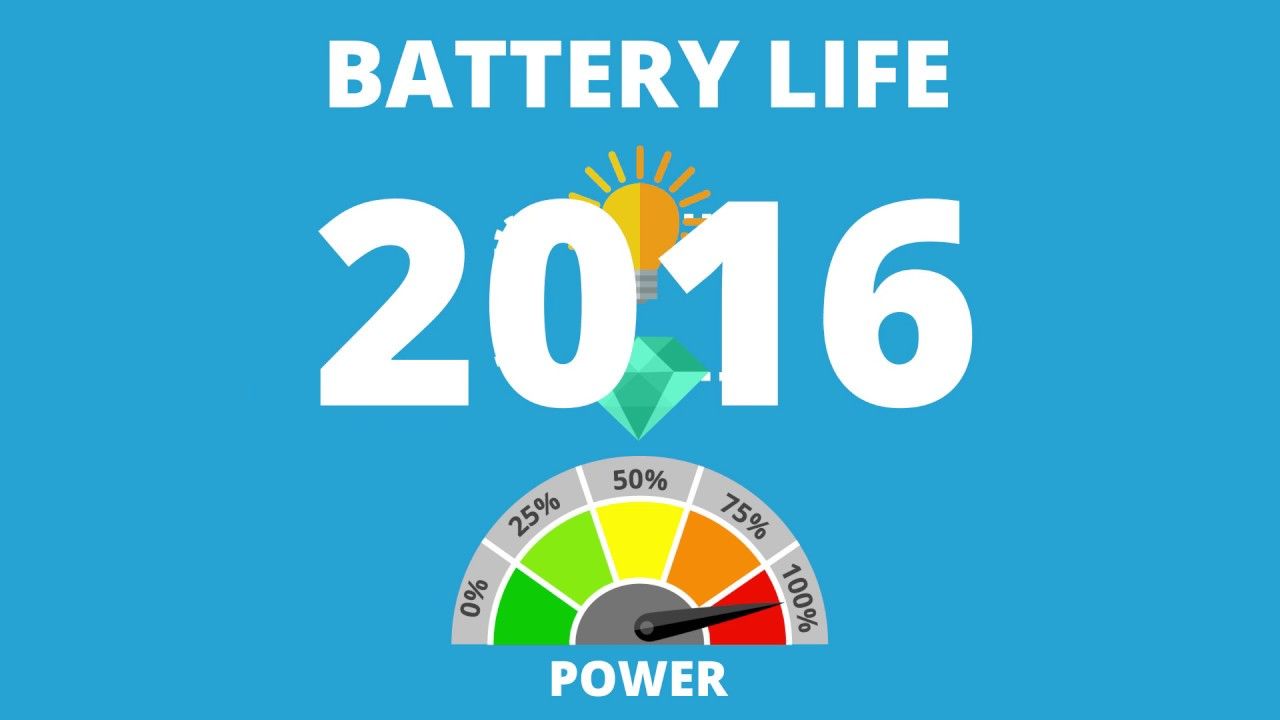
In Brief
- Scientist have developed an ingenious means of converting nuclear power plant waste (76,430 metric tons in the US alone) into sustainable diamond batteries.
- These long-lasting batteries could be a clean and safe way to power spacecraft, satellites, and even medical devices.
Nov 28, 2016
Cold Fusion Lives: Experiments Create Energy When None Should Exist
Posted by Sean Brazell in categories: engineering, nuclear energy
The field, now called low-energy nuclear reactions, may have legit results—or be stubborn junk science.
- By Stephen K. Ritter, Chemical & Engineering News on November 28, 2016
Nov 27, 2016
‘Diamond-age’ of power generation as nuclear batteries developed
Posted by Klaus Baldauf in categories: nuclear energy, physics
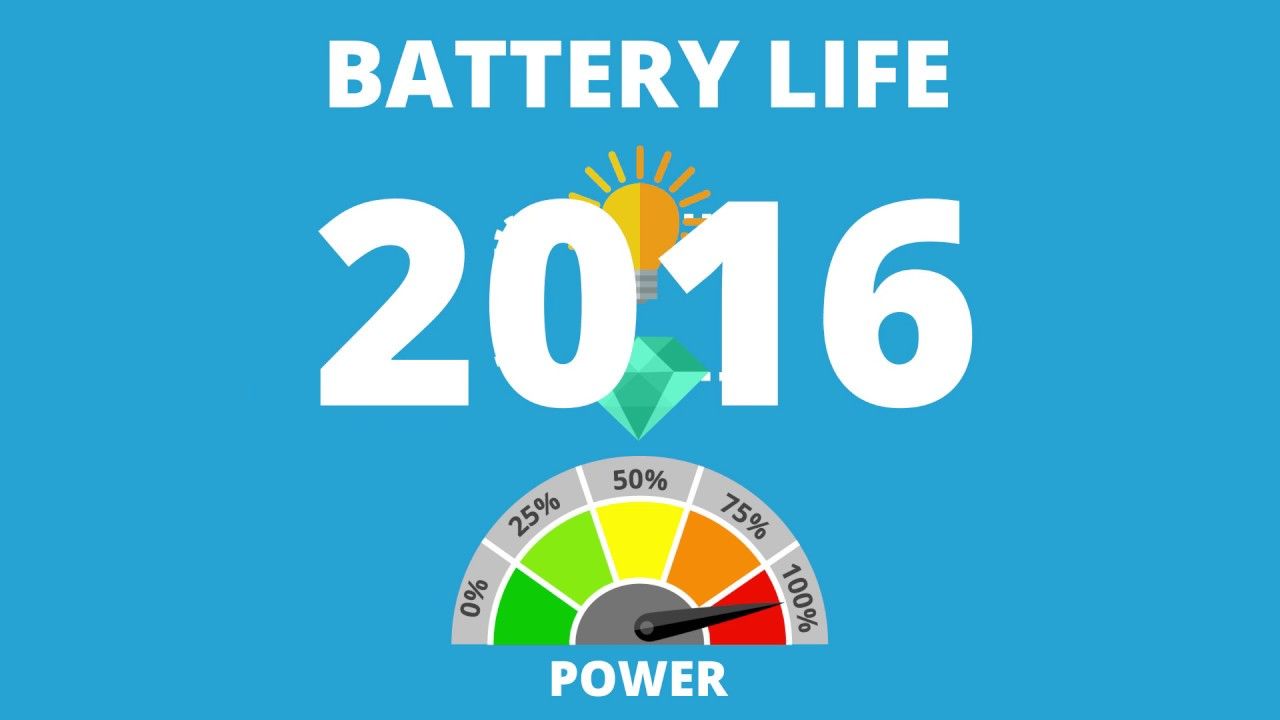
New technology has been developed that uses nuclear waste to generate electricity in a nuclear-powered battery. A team of physicists and chemists from the University of Bristol have grown a man-made diamond that, when placed in a radioactive field, is able to generate a small electrical current.
Nov 22, 2016
Countries around the world are pouring billions of dollars into France’s revolutionary nuclear fusion reactor
Posted by Carse Peel in category: nuclear energy
Nov 12, 2016
Canadian design review for StarCore HTGR
Posted by Klaus Baldauf in categories: nuclear energy, particle physics
Canadian reactor designer StarCore Nuclear has applied to the Canadian Nuclear Safety Commission (CNSC) to begin the vendor design review process for its Generation IV high temperature gas reactor (HTGR).
Montréal-based StarCore, founded in 2008, is focused on developing small modular reactors (SMRs) to provide power and potable water to remote communities in Canada. Its standard HTGR unit would produce 20 MWe (36 MWth), expandable to 100 MWe, from a unit small enough to be delivered by truck. The helium-cooled reactor uses Triso fuel — spherical particles of uranium fuel coated by carbon which effectively gives each tiny particle its own primary containment system — manufactured by BWXT Technologies. Each reactor would require refuelling at five-yearly intervals.
StarCore describes its reactor as “inherently safe”, with a steep negative thermal coefficient which eliminates the possibility of a core meltdown. The use of helium — which does not become radioactive — as a coolant means that any loss of coolant would be “inconsequential”, the company says. The reactors would be embedded 50 metres underground in concrete silos sealed with ten-tonne caps.
Continue reading “Canadian design review for StarCore HTGR” »
Nov 11, 2016
Engineering Fusion Energy By 2025
Posted by Shane Hinshaw in categories: engineering, nuclear energy, particle physics
The world needs abundant, clean energy. Nuclear fusion — with no CO2 emissions, no risk of meltdown and no long-lived radioactive waste — is the obvious solution, but it is very hard to achieve.
The challenge is that fusion only happens in stars, where the huge gravitational force creates pressures and temperatures so intense that usually repulsive particles will collide and fuse; hence “fusion”. On Earth we need to create similar conditions, holding a hot, electrically-charged plasma at high enough pressure for long enough for fusion reactions to occur. The scientific and engineering challenges behind putting a star in a box are large, to say the least. Without proper confinement of the plasma, the reaction would stop. The plasma must be isolated from the walls of the reactor — a feat that can be performed most effectively by magnets. The most advanced machine for this purpose is the ‘tokamak’.
Nov 5, 2016
I-Team: Nuclear reactor test in Nevada could make a Mars trip reality
Posted by Klaus Baldauf in categories: nuclear energy, space
This story may sound like the plot of a science-fiction movie.
Next year, a team of top scientists will hunker down inside a classified facility in the Nevada desert so they can experiment with a piece of advanced technology.
The test will focus on a small nuclear reactor and if it works as planned, it could be a huge step toward putting humans on Mars.
Continue reading “I-Team: Nuclear reactor test in Nevada could make a Mars trip reality” »
